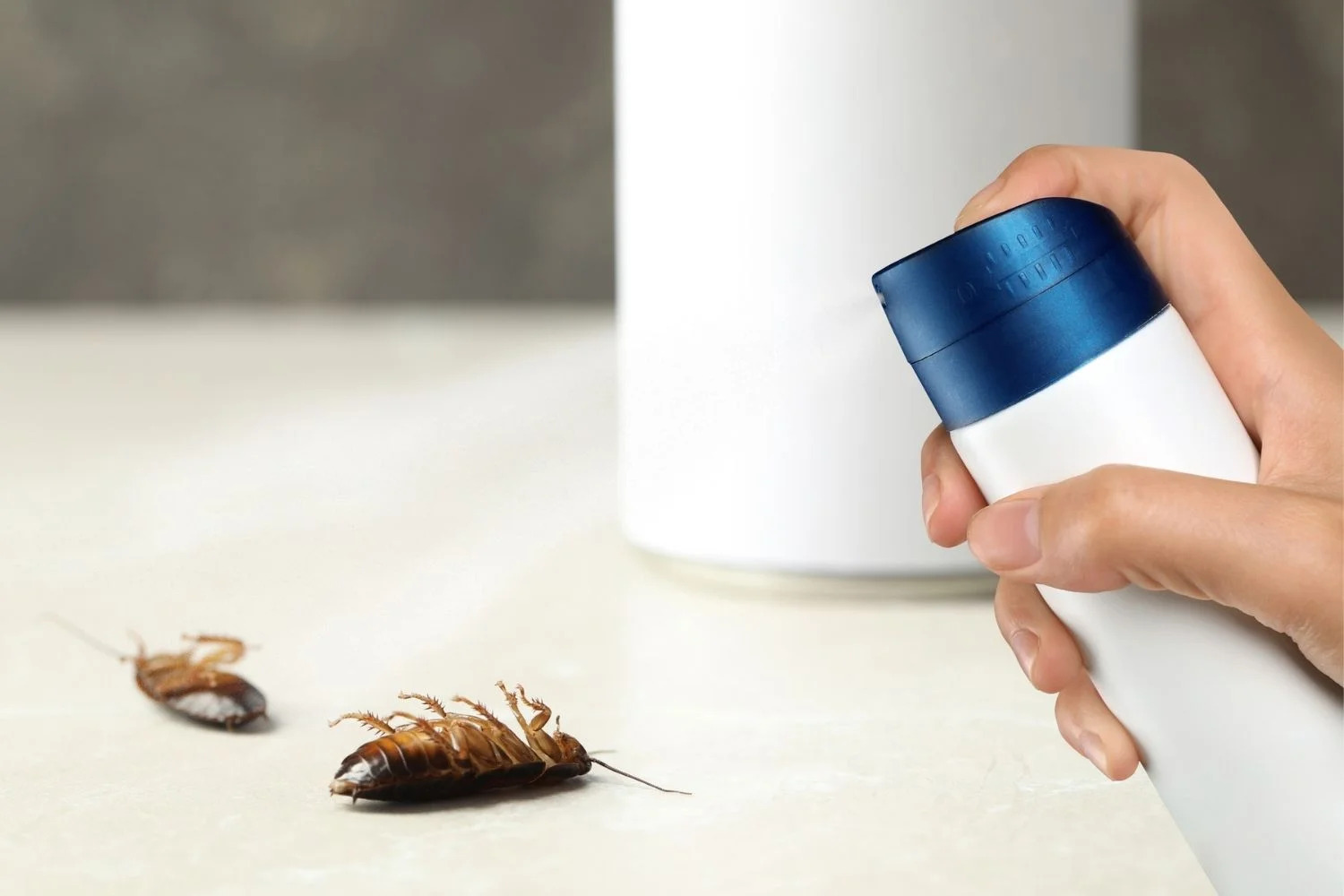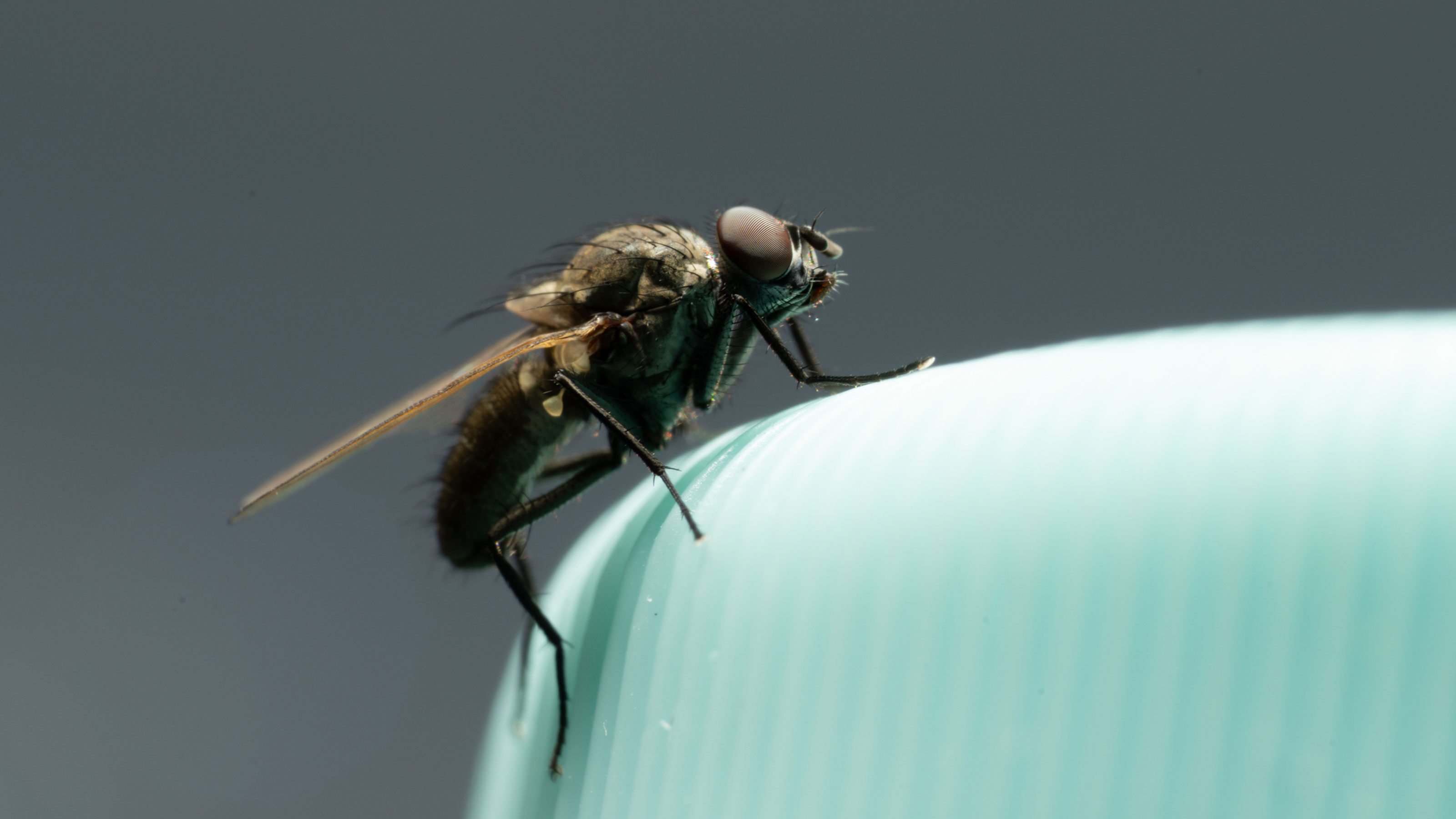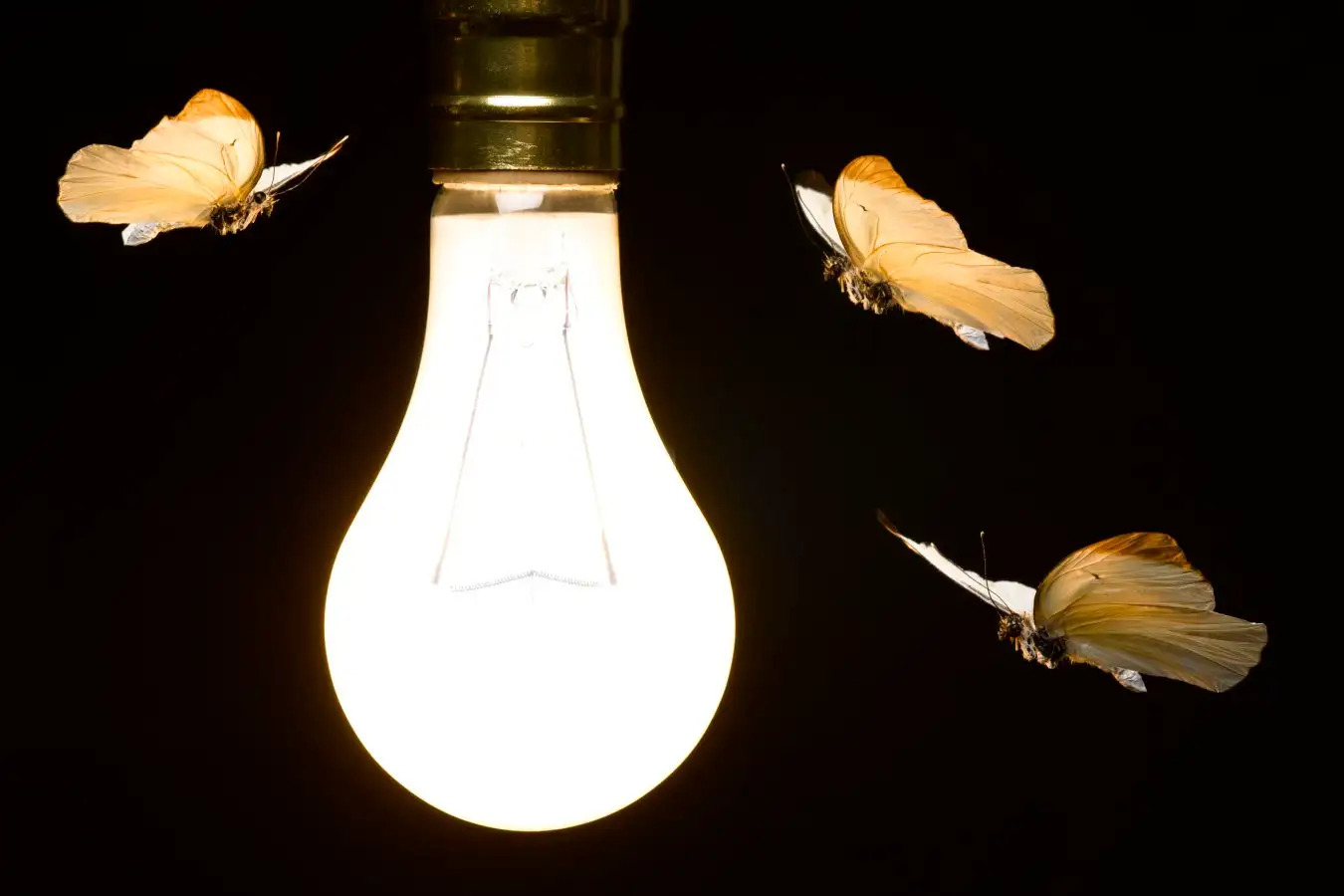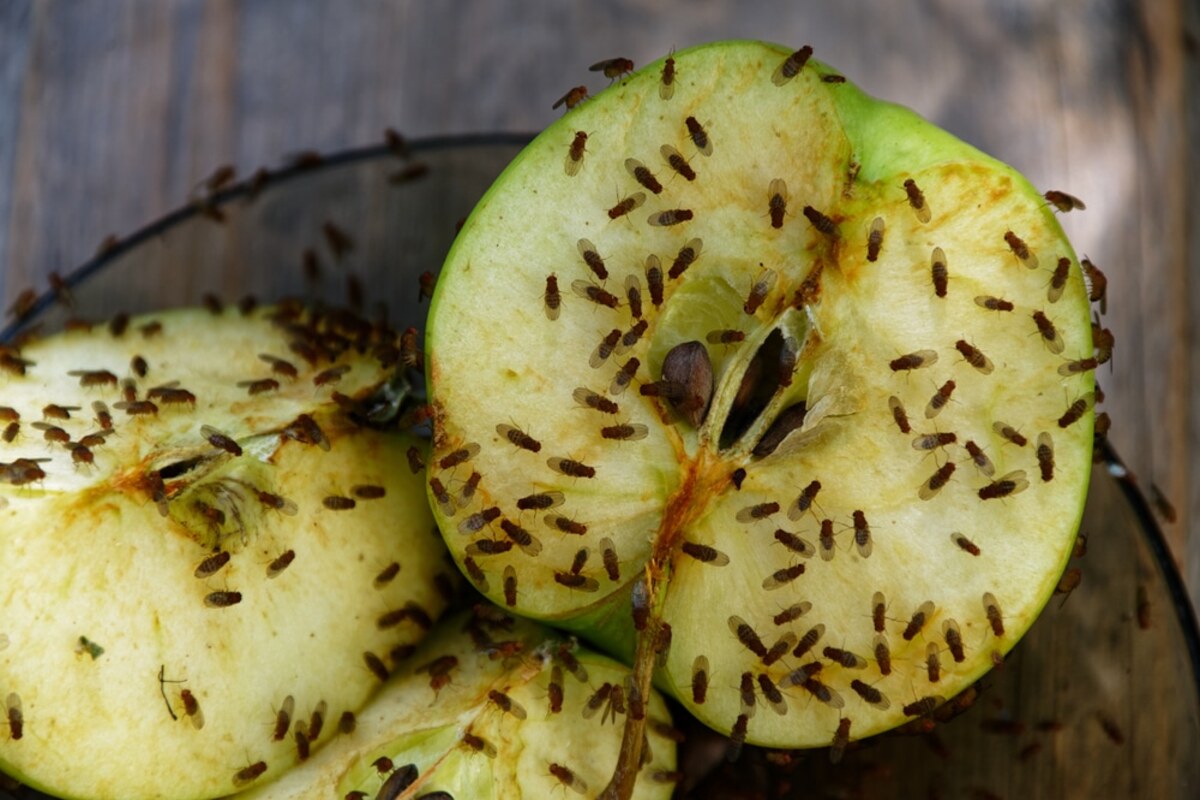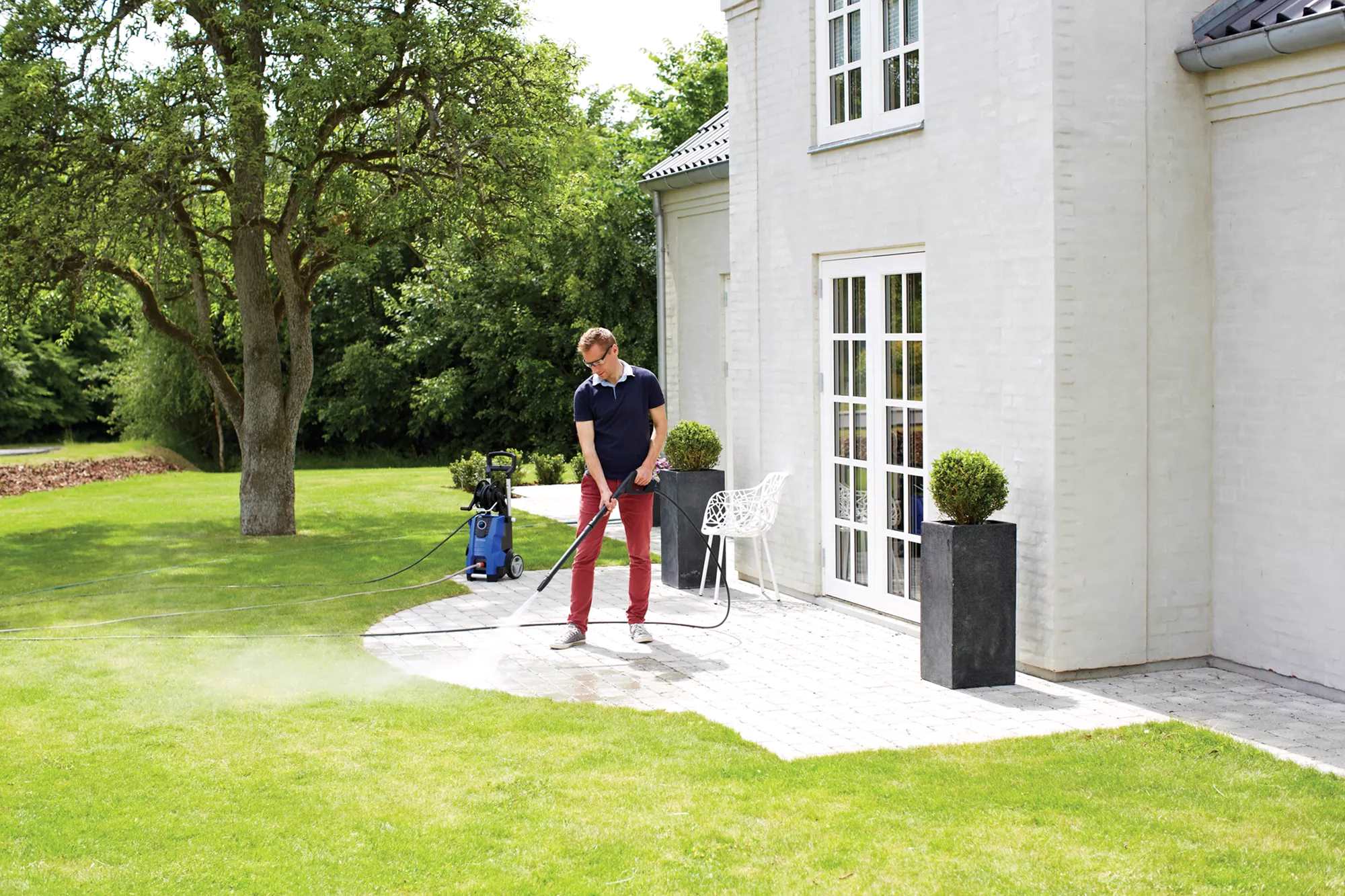Home>Gardening Tips and Tricks>Problem Solving>How To Get Rid Of Insects From Indoor Plants
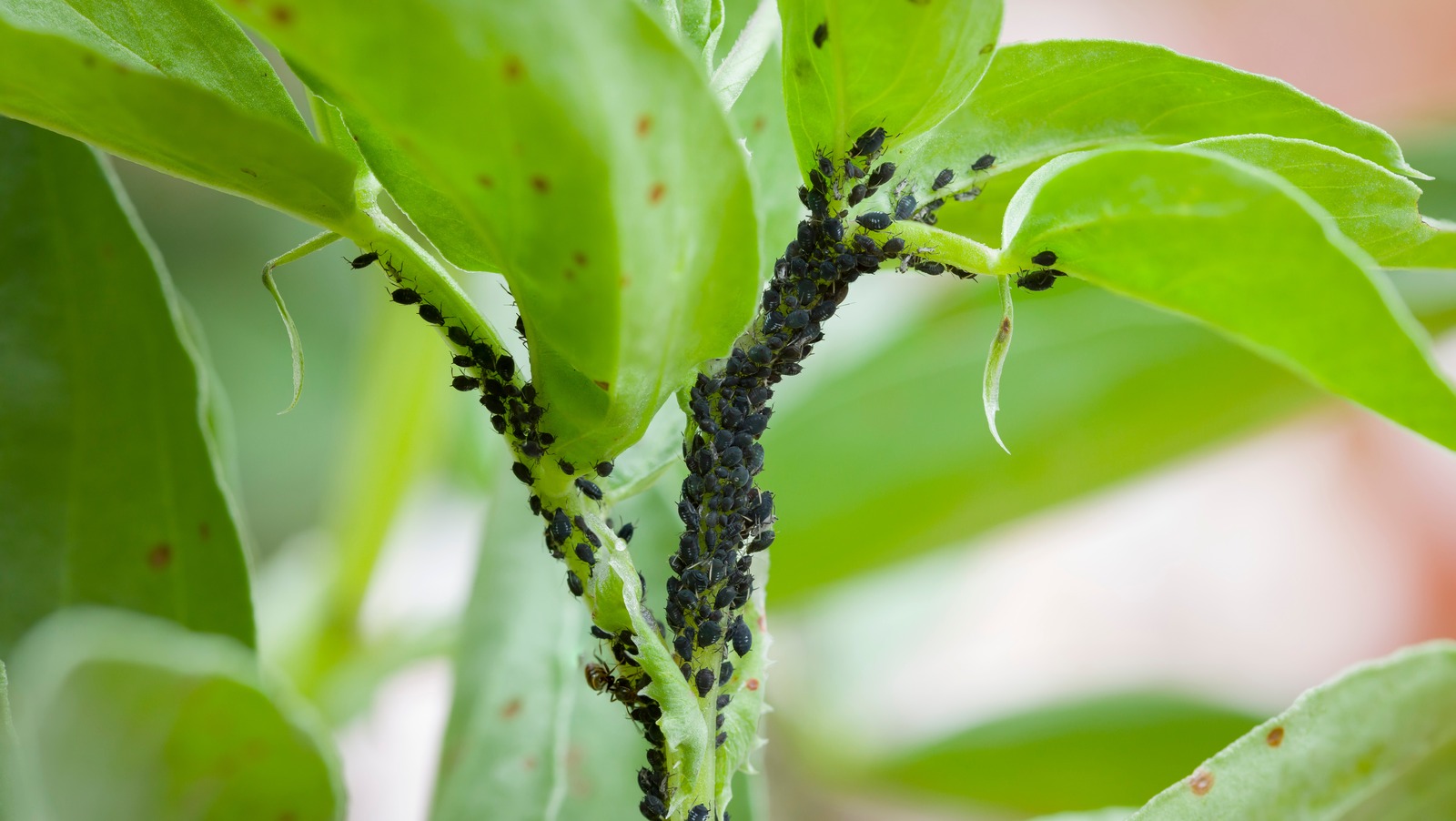

Problem Solving
How To Get Rid Of Insects From Indoor Plants
Modified: February 9, 2024
Looking for effective solutions to get rid of insects on your indoor plants? Our problem-solving guide provides practical tips to eliminate pests and restore the health of your plants.
(Many of the links in this article redirect to a specific reviewed product. Your purchase of these products through affiliate links helps to generate commission for Chicagolandgardening.com, at no extra cost. Learn more)
Table of Contents
Introduction
Indoor plants are a beautiful addition to any home or office, bringing a touch of nature indoors. However, one common problem that plant lovers face is dealing with insect pests. These tiny invaders can wreak havoc on the health and appearance of indoor plants if left unchecked. But fear not! With a little knowledge and some preventive measures, you can effectively get rid of insects from your beloved indoor plants.
Identifying the type of insect pest infesting your indoor plants is the first step towards effective control. Each insect pest has its preferred plant hosts and signs of infestation. By learning to identify these pests, you can take appropriate actions to eliminate them and protect your plants.
In this article, we will explore the common types of insects that affect indoor plants, discuss the signs of infestation, and provide natural remedies as well as commercial insecticides to control these pests. By understanding the behavior of these insects and implementing preventive measures, you can keep your indoor plants healthy and thriving.
Identifying the Insect Pest
When it comes to dealing with insect pests on indoor plants, identification is key. Different insects have different feeding habits and cause distinct damage to plants. By accurately identifying the pest, you can choose the most appropriate control method and ensure effective treatment. Here are some common indoor plant pests and how to identify them:
- Aphids: These small, pear-shaped insects can be green, black, or brown. They feed on plant sap, causing leaves to curl and become distorted. Look for clusters of tiny bugs on the stems and undersides of leaves.
- Mealybugs: These small, white, fuzzy insects feed on plant juices and leave behind a sticky residue. They are commonly found on the undersides of leaves and in leaf axils.
- Spider mites: These tiny pests are barely visible to the naked eye. They are usually found on the undersides of leaves, creating fine webbing. Spider mite infestations cause leaves to yellow and develop tiny spots.
- Fungus gnats: These small, black flies are often found hovering around the soil surface. They lay their eggs in damp soil, and the larvae feed on plant roots, leading to stunted growth.
- Scale insects: These pests resemble small, round or oval bumps on plant stems and leaves. They can be brown, black, or white. Scale insects feed on plant sap and can cause wilting and leaf yellowing.
To identify the presence of any of these pests, carefully inspect your indoor plants. Look closely at the stems, leaves, and soil surface. Use a magnifying glass if necessary to spot tiny insects or signs of damage. By correctly identifying the specific pest, you can take targeted measures to eliminate them and protect your plants from further infestation.
Common Types of Insects Affecting Indoor Plants
Indoor plants are susceptible to a variety of insect pests that can cause damage and hinder their growth. By familiarizing yourself with these common pests, you can take proactive measures to prevent infestations and protect your indoor plants. Here are some of the most prevalent insects that affect indoor plants:
- Aphids: These small insects are found in a range of colors, including green, black, and brown. They feed on plant sap and can cause leaves to curl, distort, or yellow. Aphid infestations are often accompanied by the presence of sticky honeydew on the leaves.
- Mealybugs: Mealybugs are characterized by their white, cottony appearance and can be found on the stems, leaves, and leaf axils of indoor plants. They feed on plant juices and can cause stunted growth, yellowing, and wilting of the foliage.
- Spider mites: These tiny pests are difficult to see with the naked eye but are known for the webbing they produce on the undersides of leaves. Spider mites pierce plant cells and suck out the contents, resulting in a stippled appearance on the leaves. Infested plants may also exhibit yellowing, leaf drop, and overall decline.
- Fungus gnats: These small flies are attracted to the moist conditions in indoor plant pots. The larvae live in the soil and feed on organic matter, including plant roots. Fungus gnat infestations can lead to root damage, stunted growth, and increased susceptibility to diseases.
- Scale insects: Scale insects are often mistaken for small bumps or lumps on plant stems and leaves. They can be brown, black, or white and vary in size. Scale insects feed on plant sap and can cause yellowing, wilting, and leaf drop. Severe infestations may also lead to plant decline.
It’s important to note that these are just a few examples of the many insects that can affect indoor plants. Each insect has its own unique feeding habits and prefers specific plant hosts. By familiarizing yourself with the common types of indoor plant pests, you can quickly and effectively address any infestations that may occur.
Signs of Insect Infestation
Detecting the early signs of insect infestation is crucial when it comes to protecting your indoor plants. By being vigilant and knowing what to look for, you can take prompt action and prevent further damage. Here are some common signs that indicate an insect infestation on your indoor plants:
- Visible insects: The presence of adult insects is an obvious sign of infestation. Look for clusters of bugs on the foliage, stems, or soil surface. Some insects may be difficult to spot, so pay attention to the smallest of movements or changes in color.
- Sticky residue: If you notice a sticky or shiny substance on the leaves, it may be a sign of honeydew. Honeydew is a sticky secretion produced by insects like aphids and mealybugs. It can attract ants and lead to the growth of sooty mold.
- Yellowing or wilting leaves: Insect feeding can cause yellowing or wilting of leaves. Look for leaves that appear droopy, limp, or discolored. Some insects may cause specific patterns of damage, such as stippling or curling.
- Distorted growth: Certain insects, like aphids, can cause distorted growth on the leaves or stems. This can include curling, twisting, or stunted growth. If you notice unusual growth patterns, it may be a sign of insect infestation.
- Webbing: Spider mites produce fine webbing on the undersides of leaves. Look for delicate web-like structures or dust-like particles on the foliage. Webbing is a clear indication of spider mite infestation.
- Pest activity: Observe your indoor plants closely, especially during the evening or early morning. Some pests, like fungus gnats, may become more active during these times. Look for flying insects or their larvae in the soil.
It’s important to note that not all signs of insect infestation are visible to the naked eye. Sometimes, you may need to use a magnifying glass to spot tiny insects or the damage they cause. Regularly inspecting your plants and staying alert to any changes will help you catch infestations early and take appropriate action to protect your indoor plants.
Prevention of Insect Infestation
Preventing insect infestation is always better than dealing with a full-blown infestation. By implementing a few preventive measures, you can create an unfavorable environment for pests and keep your indoor plants healthy. Here are some effective strategies for preventing insect infestations on your indoor plants:
- Inspect new plants: Before bringing a new plant into your home, thoroughly inspect it for any signs of pests or diseases. Look for insects, discoloration, or distorted growth on the leaves. Quarantine the plant for a few weeks to monitor for any pest activity before placing it near your other indoor plants.
- Maintain proper hygiene: Keep your indoor plant area clean and tidy. Remove fallen leaves, spent flowers, and any debris that can serve as hiding places for pests. Regularly wipe down the leaves with a damp cloth to remove dust and potential pests.
- Avoid overwatering: Excess moisture in the soil can create a favorable environment for fungus gnats and other pests. Allow the top inch or so of soil to dry out before watering again. Ensure proper drainage to prevent waterlogging.
- Provide adequate ventilation: Good airflow can help deter certain pests, such as spider mites. Ensure there is sufficient ventilation around your indoor plants by opening windows or using fans. Avoid overcrowding plants, as this can restrict airflow.
- Use clean potting soil: When repotting or starting new plants, use fresh, sterile potting soil to minimize the risk of introducing pests or diseases. Avoid using garden soil, as it may contain unwanted insects or pathogens.
- Monitor plant health: Regularly inspect your indoor plants for any signs of stress, weak growth, or damage. Healthy plants are better able to resist and recover from pest infestations. Provide optimal growing conditions, including proper lighting, temperature, and humidity.
- Introduce natural predators: Consider introducing beneficial insects, such as ladybugs or predatory mites, to help control pest populations. These natural predators can help keep pest numbers in check without the need for chemical insecticides.
By implementing these preventive measures, you can significantly reduce the risk of insect infestations on your indoor plants. However, even with the best preventive efforts, pests may occasionally find their way into your plants. In such cases, it’s important to take timely action to prevent the infestation from spreading and causing serious damage to your beloved plants.
Natural Remedies for Insect Control
If you prefer to avoid using chemical insecticides on your indoor plants, there are several natural remedies that can be effective in controlling insect pests. These remedies are safe for both the plants and the environment, making them a popular choice among environmentally-conscious gardeners. Here are some natural remedies you can try for insect control:
- Neem oil: Neem oil is derived from the neem tree and acts as a natural insecticide. It disrupts the feeding and reproductive processes of many pests, including aphids, mealybugs, and spider mites. Dilute neem oil according to package instructions and spray it on affected plants.
- Diatomaceous earth: Diatomaceous earth is a natural powder made from fossilized remains of algae. It works by dehydrating and disrupting the protective outer layers of insects. Sprinkle a thin layer of diatomaceous earth around the base of plants or directly on affected areas to control pests.
- Soap spray: A simple homemade soap spray can be effective against soft-bodied insects like aphids and mealybugs. Mix a few teaspoons of mild liquid soap, such as castile soap, with water in a spray bottle. Spray the solution on affected plants, targeting the pests directly.
- Garlic spray: Garlic has natural insect-repellent properties. Blend several cloves of garlic with water, strain the mixture, and add a few drops of liquid soap. Spray the garlic solution on plants to deter pests. Be careful not to apply this spray on sensitive or edible plants.
- Essential oils: Certain essential oils, such as peppermint oil, lavender oil, or eucalyptus oil, have insect-repellent properties. Mix a few drops of your preferred essential oil with water in a spray bottle and spritz it on plants. Test a small area beforehand to ensure the oil does not harm the plant.
- Sticky traps: Sticky traps are effective for catching flying pests like fungus gnats. These traps feature a sticky surface that insects get stuck on when they come into contact. Hang the traps near affected plants to monitor and control the population of flying pests.
Remember, natural remedies may require repeated applications and may not provide as quick or complete control as chemical insecticides. It is important to be patient and consistent in your treatment. Regularly inspect your plants and monitor the effectiveness of the natural remedies. If an infestation persists or becomes severe, you may need to consider other pest control options.
Commercial Insecticides for Indoor Plants
When natural remedies and preventive measures aren’t enough to control insect infestations on your indoor plants, you may consider using commercial insecticides. These products are specifically formulated to target and eliminate pests effectively. However, it’s important to use them responsibly and according to the instructions provided by the manufacturer. Here are some common types of commercial insecticides for indoor plants:
- Contact insecticides: Contact insecticides, such as pyrethroids, kill insects upon direct contact. They act quickly and can provide immediate control. Spray the insecticide directly on the pests, making sure to cover all affected areas. Contact insecticides may need to be reapplied for effective control.
- Systemic insecticides: Systemic insecticides are absorbed by the plant and transported throughout its tissues. These insecticides provide long-lasting protection, as the pests are exposed to the toxic effect when they feed on the treated plant. Systemic insecticides are available as sprays or granules and are effective against a wide range of pests.
- Insecticidal soaps: Insecticidal soaps are made from fatty acids and disintegrate the protective outer layer of insects, causing them to dehydrate and die. These soaps are effective against soft-bodied pests like aphids and mealybugs. Spray the soap directly on the pests, ensuring thorough coverage.
- Biological control agents: Biological control agents are living organisms, such as beneficial insects or nematodes, that prey on or parasitize pests. These natural enemies help control pest populations without the use of chemical insecticides. They are often used in greenhouse environments and can provide long-term pest management solutions.
- Residual insecticides: Residual insecticides provide long-lasting control by leaving a residue on the plant surface. These insecticides continue to kill pests that come into contact with the treated area even after application. Take caution with residual insecticides, as they may also harm beneficial insects.
- Aerosol sprays: Aerosol sprays are convenient to use and deliver a fine mist of insecticide. They are effective against flying insects like gnats and fruit flies. Aerosol sprays can be sprayed directly on the pests or used to treat the air around the plants.
Before using any commercial insecticide, carefully read and follow the instructions on the label. Pay attention to application rates, recommended intervals between treatments, and any precautions or safety guidelines. Remember to apply insecticides in well-ventilated areas and avoid contact with skin or eyes. Safely store and dispose of insecticides according to local regulations.
It is important to note that while commercial insecticides can be effective, they should be used as a last resort and in conjunction with other pest control measures. Integrated Pest Management (IPM) approaches, which combine various strategies, are recommended for long-term and sustainable pest management.
Taking Care of the Plants after Insect Treatment
After applying insecticides or natural remedies to control pests on your indoor plants, it’s important to provide proper care to help your plants recover and thrive. Here are some tips for taking care of your plants after insect treatment:
- Monitor the plants: Keep a close eye on your plants after treatment to ensure that the pests have been effectively controlled. Look for signs of new pest activity or any recurring damage. Early detection will allow you to take immediate action if needed.
- Water appropriately: Be mindful of your watering routine. Avoid overwatering or underwatering, as it can stress the plants and make them more susceptible to pests and diseases. Water your plants only when the top inch of the soil feels slightly dry.
- Provide optimal growing conditions: Maintain the ideal growing conditions for your indoor plants. Ensure they receive adequate sunlight or artificial light, and maintain the appropriate temperature and humidity levels. Healthy plants are more resilient against future pest attacks.
- Remove dead or damaged foliage: Prune or remove any dead or damaged leaves and stems from the plants. This will not only improve the appearance of the plants but also eliminate hiding places and reduce the risk of pests reinfesting the plants.
- Improve air circulation: Promote good air circulation around your indoor plants by positioning them in areas with proper ventilation. Use fans to improve airflow if necessary. Good air circulation helps prevent the development of fungal diseases and reduces the likelihood of pest infestations.
- Maintain cleanliness: Continue to keep the area around your indoor plants clean and free of debris. Regularly remove fallen leaves, dead flowers, and any other organic matter that may attract pests or create a favorable environment for their breeding.
- Regularly inspect your plants: Even after the infestation has been controlled, it is important to regularly inspect your plants for any signs of pest resurgence or new pest activity. Early intervention is key to preventing a full-blown infestation.
Remember to be patient with your plants as they recover from the pest treatment. It may take some time for them to fully regain their health and vitality. Providing proper care and maintaining good gardening practices will go a long way in keeping your indoor plants strong and resilient against future pest problems.
Conclusion
Dealing with insect pests on indoor plants can be a daunting task, but with the right knowledge and proactive measures, you can effectively control and prevent infestations. Identifying the specific pest and understanding its behavior is crucial in choosing the appropriate control methods. Signs of infestation, such as visible insects, sticky residue, and distorted growth, should be promptly addressed to prevent further damage.
Prevention is the first line of defense against insect infestations. Inspect new plants, maintain proper hygiene, and provide optimal growing conditions to create an environment that is less favorable for pests. Natural remedies, such as neem oil, diatomaceous earth, and soap sprays, offer eco-friendly options for controlling pests without harming your plants or the environment.
In severe cases, commercial insecticides may be necessary. Contact, systemic, and residual insecticides are available to target specific pests, but it’s essential to follow the instructions provided by the manufacturer and use them responsibly. Keep in mind that integrated pest management approaches, combining multiple strategies, are recommended for long-term pest control and sustainable plant health.
After treating your plants for pests, it’s crucial to provide them with proper care. Monitor their recovery, water appropriately, and maintain optimal growing conditions. Regularly inspect your plants for any signs of pest resurgence and take immediate action if needed. By staying vigilant and proactive, you can keep your indoor plants healthy and free from insect pests.
Remember, preventing and managing insect infestations requires patience and consistency. With knowledge, diligence, and a little bit of effort, you can maintain a thriving indoor garden that is free from the pesky intruders. So, roll up your sleeves, take proactive measures, and ensure the health and beauty of your indoor plants for years to come.

